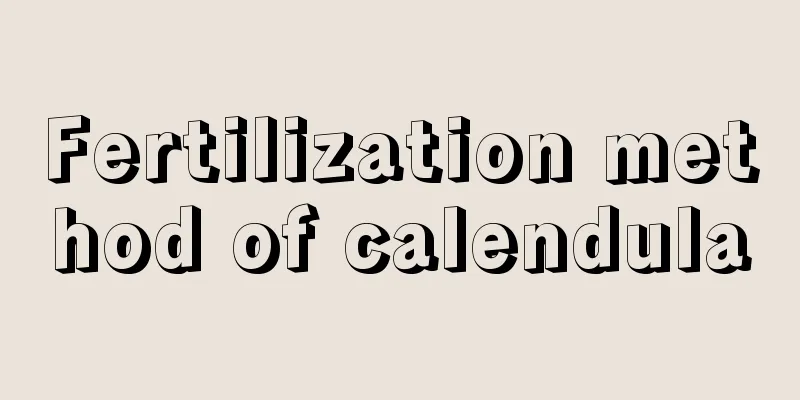Platycodon cultivation methods and precautions

How to cultivate Platycodon grandiflorumChoice of potting soilPlatycodon grows in acidic soil. The soil for potted plants can be 4 parts sandy loam, 4 parts leaf mold, and 2 parts garden soil. You can add some bean cake powder as base fertilizer to help the flowers grow better. Sowing timePlatycodon has relatively low climate requirements and can tolerate both heat and cold. It is sown from April to September in the south and a little later in the north. According to planting experience, it is better to sow in April because the seedlings are larger and more suitable for wintering. After sowing, cover with about 1 cm of soil and control the temperature between 15~20 ℃. Seedlings will emerge in 15~20 days. Control water and fertilizerWater and fertilizer are extremely important for plant growth. If water and fertilizer are not properly controlled, it will easily cause the plants to grow too tall and reduce their ornamental value. When the seedlings grow to about 10 cm, water should be controlled appropriately. In spring and autumn, water the plants once every 3 to 4 days. In summer, water the plants once every day around 5 pm, and do not water them in winter. The key point of fertilizing Platycodon is before and after flowering. Apply superphosphate fertilizer 1 to 2 times a year before flowering to ensure bright color of the flowers. Provide appropriate shade after flowering to prolong the flowering period. After the flowers fade, cut off the flower stems in time and apply bean cake liquid fertilizer to promote root growth. Weeding and loosening the soilPlatycodon is a herbaceous plant, and many small weeds will grow around it. These small weeds must be removed in time to avoid competing with Platycodon for nutrients. When the seedlings grow to 4 leaves, remove the weak seedlings and loosen the soil in time to ensure sufficient nutrients in the soil. Things to note when growing Platycodon grandiflorumReplace the potting soil in timeDo not water the Platycodon grandiflorum 1 to 2 days before repotting, as this will help the soil in the pot to separate from the pot wall. When repotting, take the plant out of the pot, shake off 20% to 50% of the old soil at the roots, cut off the dead and rotten roots, add a small amount of aloe vera residue to the bottom of the new pot, place the shoveled soil in the center of the pot, and finally fill the pot with new soil. Keep the temperature under controlBefore and after flowering, appropriate shade should be provided to prolong the flowering period. After the flowers fade, cut off the above-ground parts before winter to reduce nutrient consumption, and place them in a sunny location with slightly warm flower stems. Try not to let the roots of Platycodon grandiflorum get frostbitten. The old roots will continue to sprout new branches next year. |
<<: Calendar of cultivation and care of oleander
Recommend
The best rice varieties in 2022 (main varieties of high-quality and high-yield hybrid rice)
What kind of rice is good to grow in 2022? Food i...
The difference between chrysanthemum and jade dew
1. Differences in morphological characteristics T...
How many years does it take for oranges to bear fruit?
Introduction to Orange Planting Oranges prefer wa...
Summer carrot planting time and method
Summer Carrot Planting Time Summer carrots are us...
Why are the leaves of the fortune tree turning white?
1. Infection Reason: The leaves of the money tree...
How to grow small ball roses
Key points for growing small ball roses The alias...
The role and efficacy of kudzu
1. Breast augmentation Kudzu has the effect of br...
How to deal with a withered peace tree
1. Leaves dry up If only the leaves of the peace ...
What are the cultivation methods and precautions of Jade Leaf Flower?
Jade leaf flower growth habits Jade plant likes w...
Black wolfberry growth environment conditions and characteristics
Black wolfberry growth environment conditions and...
What fertilizer to use for gardenia
The soil of gardenia should be loosened the day b...
How to trim hedgehogs
Purpose of pruning Before pruning, we must know w...
What fertilizer should be used to make pomegranates bear fruit (how often should pomegranates be fertilized in a year)
The annual fertilization plan for pomegranates sh...
Spray some of it on the flowers, the leaves will be green and the flowers will bloom!
Spray some plant ash water, the leaves will be th...
How long does it take for the Areca palm to adapt to the pot?
How long does it take for the Areca palm to adapt...









